Espalier apple: spur varieties are good or bad?
14 years ago
Featured Answer
Sort by:Oldest
Comments (17)
- 14 years agolast modified: 9 years ago
- 14 years agolast modified: 9 years ago
Related Discussions
Good pear varieties for pear espalier?
Comments (3)I can't comment on storage as I couldn't get them by the squirrels that long. I now grow ~12 very early varieties that don't keep all the well. They bear june/july through august/sept. Most that I have at the current place, I grafted to other trees. They are on a long 9' tall wire trellis w/early apples. At first, previous house, fireblight was bad for me -any bareroot nursery tree always gets it. I think they come infected from the nurseries through the large pruning cuts to ship larger stock. I started spraying antibiotics (for fish from the Petstore) for fireblight. I did that the first season on new trees and haven't had any recurring problems the last 5-6 years once I knocked the first occurence out. So far the best tasting has has been the very small and early "Citron De Carmes", but many have yet to bear as I've been protecting the grafts by aborting the fruit. I'm hoping for fruit this summer now that everything is established....See MoreFuji Apple Tip Bearing or spur fruiting?
Comments (5)Sam: Yes, Fuji is normally known as a tipbearer, with the exception of a sport called "Fuji Spike" and possibly other more recent sports. My Fuji, one of the older strains, is certainly a tipbearer. The best way to deal with a tipbearing apple tree is to prune it only in late summer. This should help to force some of the fruiting spurs to develop inward. Dormant pruning of the branch tips will reduce fruiting and encourage vegetative growth. I don't see a reason why you should not use a Fuji for espalier if you summer prune. Don Yellman, Great Falls, VA...See Moreapple tree pruning to promote spurs
Comments (4)Timing, timing, timing. I assume the Arkansas Black is a spur type. You don't have to do anything to those kind. I'm not sure if it's a set time based on your weather or a set time based on when the fruit is ripe because so far I only have one tree that wanted to go all tree and no fruit, but on that tree, pruning for spurs happens mid to late August, about the same time as the fruit is ripe. I've heard from an extension's Youtube video to prune in early summer or spring to cause spurs, that the sunlight has something to do with it. That has not been my experience. That leads me to believe it has something to do with the individual tree and when they fruit. IMO, M111 as an espalier will desire to grow bigger than what you want and it will take a long time to convince it that it had better fruit because something is keeping it from growing big enough. My Arkansas Black is semi-dwarf and never flowered until I let it go. It took about 5 years to fruit. My dwarf espaliers fruited the second year. I would try pinching the shoots back late summer....See MoreRootstock and varieties for espalier apples
Comments (1)Holly: If I were trying that I'd be more concerned about too much vigor than not enough. My M9 trees have been about 8ft tall and as wide. If you have good soil in MA I'd expect your vigor to be even more. If you don't let them over bear at a young age I'd think an M9 to M26 size tree would work....See More- 14 years agolast modified: 9 years ago
- 14 years agolast modified: 9 years ago
- 14 years agolast modified: 9 years ago
- 14 years agolast modified: 9 years ago
- 14 years agolast modified: 9 years ago
- 14 years agolast modified: 9 years ago
- 9 years agolast modified: 9 years ago
- 9 years agolast modified: 9 years ago
- 9 years agolast modified: 9 years ago
- 9 years agolast modified: 9 years ago
- 9 years agolast modified: 9 years ago
- 9 years agolast modified: 9 years ago
- 9 years agolast modified: 9 years ago
- 3 years ago
Related Stories

EDIBLE GARDENSHow to Add an Apple Tree to Your Edible Garden
Readily available, beautiful and fragrant, apple trees offer four-season interest along with crisp, juicy fruit
Full Story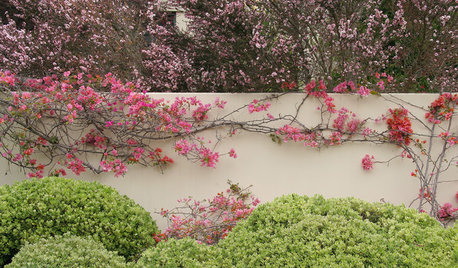
LANDSCAPE DESIGNThe Art of the Espalier
Go ahead, let limited garden space drive you up the walls. With these 6 ways to train plants vertically, it can be a beautiful thing
Full Story
EDIBLE GARDENSHow to Grow Your Own European and Asian Pears
Try these trees for their good looks, delicious fruit and wide range of sizes — plus you can espalier them
Full Story
MORE ROOMSHome Tech: Speakers Matter (and Can Look Good, Too)
See why high style and high fidelity needn't be mutually exclusive
Full Story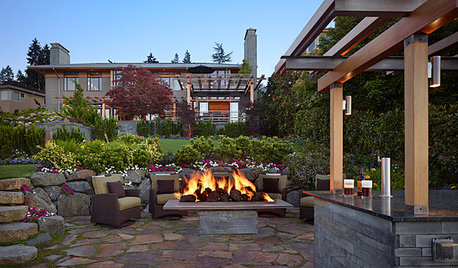
GARDENING AND LANDSCAPING4 Good Ways to Get Rid of Mosquitos in Your Yard
Stay safe from West Nile virus and put an end to irksome itches with these tools and methods for a porch, patio or yard
Full Story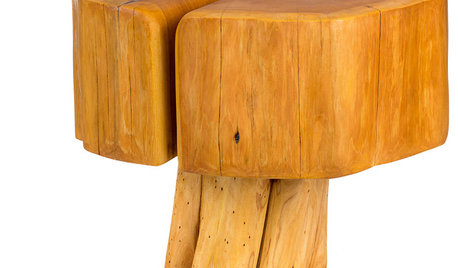
PRODUCT PICKSGuest Picks: Beautiful Things You Can Feel Good About Buying
Upcycled, ecofriendly or just made responsibly, these home accessories and furniture pieces will keep your conscience clear
Full Story
GARDENING AND LANDSCAPINGCrazy for Fruit Trees
Whether a single citrus or a mini apple orchard, even the smallest landscape space can bear deliriously delicious fruit
Full Story
EDIBLE GARDENSWhy Grow Quince? For Beauty, Fragrance and Old-Time Flavor
Delightfully perfumed fruit and lovely spring blossoms make this apple and pear cousin worth a spot in the garden
Full Story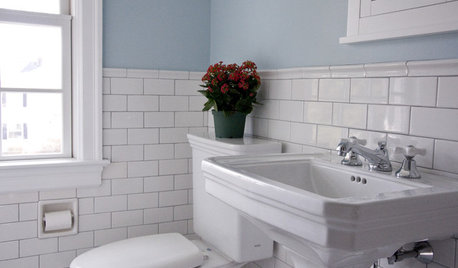
BATHROOM DESIGNRoom of the Day: Renovation Retains a 1920s Bath’s Vintage Charm
A ceiling leak spurs this family to stop patching and go for the gut
Full Story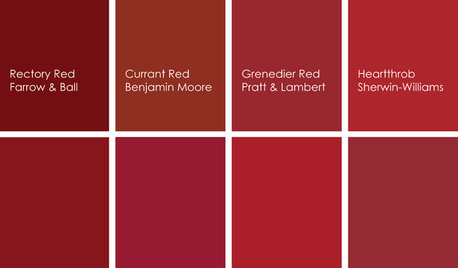
KITCHEN DESIGNCooking With Color: When to Use Red in the Kitchen
Candy Apple Red, Red Licorice and more for your kitchen walls, cabinets or island? The color choices are as delicious as they sound
Full Story



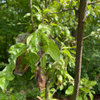
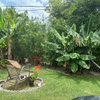
myk1